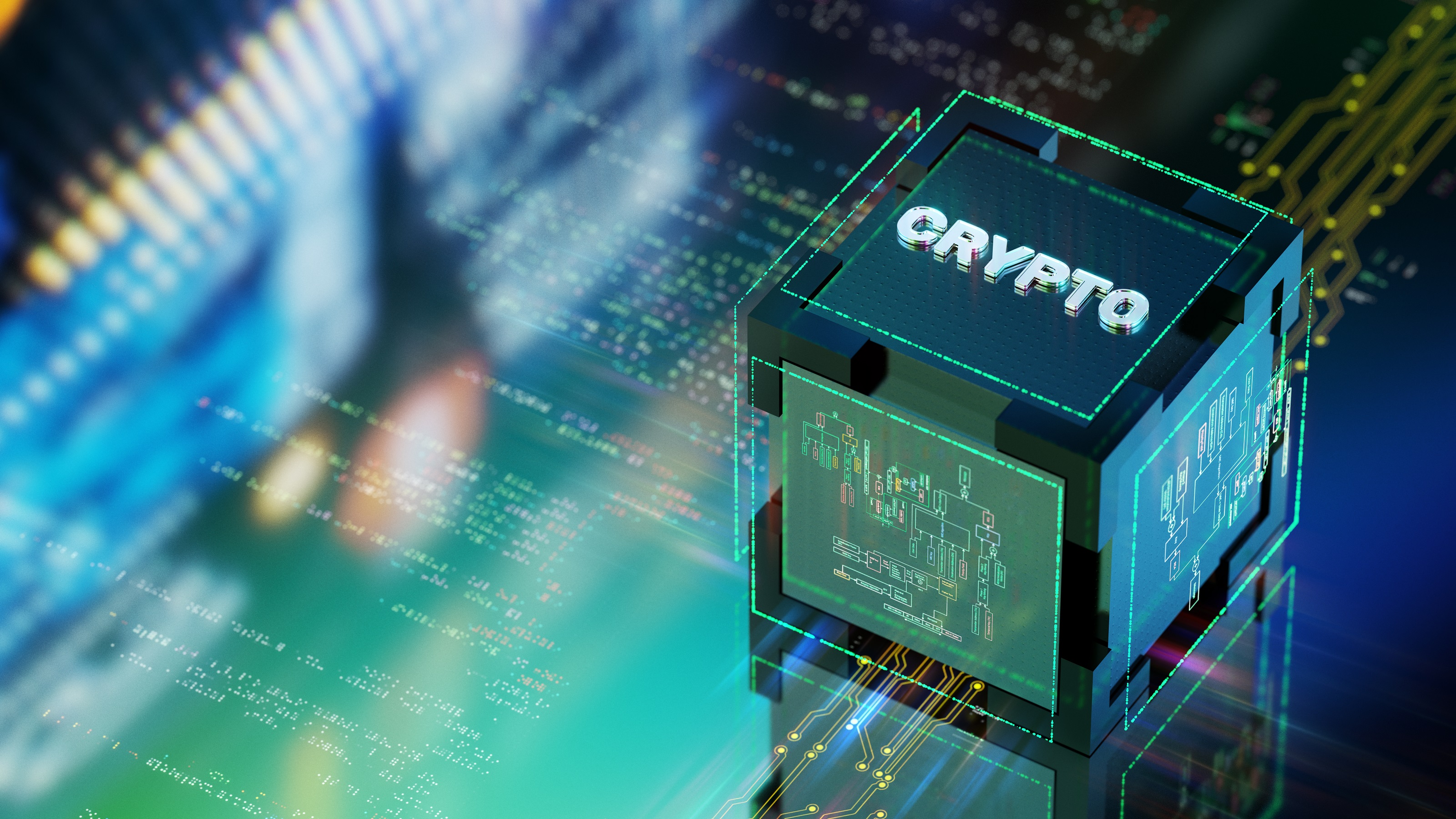More Lending for the Smallest Of Small Businesses
Congress is poised to expand a key lending lifeline.
Lawmakers want to help start-ups and fledgling firms get up and running so they can begin creating jobs and contribute to the struggling economic recovery.
It aims to boost the Small Business Administration’s microlending program, which helps firms with five or fewer employees. Proposed legislation would let the SBA advance $5 million to loan intermediaries, up from $3.5 million now. And caps on individual loans would rise from $35,000 to $50,000. Raising the loan limits not only will provide microlenders with more cash to lend, but it also will help them service a wider range of businesses.
“We think the provisions will pass,” says Mary Mathews, president and CEO of Northeast Entrepreneur Fund, a microlender that provides training, consulting and financing to small businesses in northeast Minnesota and northwest Wisconsin. The measure has broad support from both Congress and the White House.

Sign up for Kiplinger’s Free E-Newsletters
Profit and prosper with the best of expert advice on investing, taxes, retirement, personal finance and more - straight to your e-mail.
Profit and prosper with the best of expert advice - straight to your e-mail.
Noting a 50% increase in microloans last year over the year before, Mathews says the program is due for an upgrade since the loan cap has not been increased for at least 10 years.
Qualifying for the microloans is easier than getting a traditional bank loan. Unlike traditional banks, microlenders are positioned to make loans to the riskiest borrowers -- such as newbie entrepreneurs who are trying to launch a business for the first time.
Microlenders have more relaxed loan underwriting criteria that are focused more heavily on character-based lending, which considers attributes other than just a credit score. They are also more liberal in deciding acceptable forms of collateral. Plus interest rates, typically ranging between 8% and 13%, are lower than what credit cards charge for high risk clients.
Microlenders compensate for the greater risk by providing microenterprises with business counseling and mentoring to guide them along the right path so as to keep loan defaults to a minimum.
The increased access to microloans also benefits creditworthy firms looking to get additional capital when they’ve maxed out the loans from their banks.
The move comes as more small businesses are increasingly turning to microloans as other sources of capital become limited or go away completely. Smalls, which may have lower credit scores, struggle to get traditional loans from banks because of their strict lending policies. Soaring unemployment is also adding to demand for microloans as many laid off workers strike out on their own.
Somewhat bigger companies, in turn, are getting more help at the local level. States and municipalities are funneling investments to second stage companies -- those with 10 to 100 employees that have moved beyond the start-up phase -- in hopes they’ll evolve into major job creators. This so-called economic gardening -- an effort to expand homegrown businesses -- is a shift from the old practice of offering tax breaks to lure big companies into an area.
Second stage companies can be huge job creators. Although only 12% of businesses fit that category, they accounted for 24% of all net new jobs from 1997 to 2007, according to the Edward Lowe Foundation, a nonprofit organization that supports entrepreneurship through research and educational programs and helps second stage companies.
Most recently, in November, the Florida state government awarded $10 million to the University of Central Florida’s Economic Gardening Institute. The pilot program will award firms $8.5 million in short-term, low interest loans and $1.5 million in technical assistance. The yearlong program is expected to service about 300 businesses hailing from such industries as software, manufacturing and green technology. A number of municipalities have been promoting economic gardening in Washington, Wyoming, Colorado and other states.
By targeting funds to these high growth firms, economic development organizations that have been strapped for cash in this downturn can get more bang for their buck, says Mark Lange, executive director of the Edward Lowe Foundation.
“We lump everything into small business. But there is a subset of these -- there’s growth or second stage companies. We need to serve them differently,” he says.
Get Kiplinger Today newsletter — free
Profit and prosper with the best of Kiplinger's advice on investing, taxes, retirement, personal finance and much more. Delivered daily. Enter your email in the box and click Sign Me Up.
-
 Stock Market Today: Stocks Gain on Tech, Auto Tariff Talk
Stock Market Today: Stocks Gain on Tech, Auto Tariff TalkThe Trump administration said late Friday that it will temporarily halt tariffs on some Chinese tech imports.
By Karee Venema
-
 Sam's Club Plans Aggressive Expansion: Discover Its New Locations
Sam's Club Plans Aggressive Expansion: Discover Its New LocationsSam's Club expansion plans will open up to 15 new stores each year. Learn where they plan to open in 2025.
By Sean Jackson
-
 The AI Doctor Coming to Read Your Test Results
The AI Doctor Coming to Read Your Test ResultsThe Kiplinger Letter There’s big opportunity for AI tools that analyze CAT scans, MRIs and other medical images. But there are also big challenges that human clinicians and tech companies will have to overcome.
By John Miley
-
 The New Space Age Takes Off
The New Space Age Takes OffThe Kiplinger Letter From fast broadband to SOS texting, space has never been more embedded in peoples’ lives. The future is even more exciting for rockets, satellites and emerging space tech.
By John Miley
-
 Rising AI Demand Stokes Undersea Investments
Rising AI Demand Stokes Undersea InvestmentsThe Kiplinger Letter As demand soars for AI, there’s a need to transport huge amounts of data across oceans. Tech giants have big plans for new submarine cables, including the longest ever.
By John Miley
-
 What DOGE is Doing Now
What DOGE is Doing NowThe Kiplinger Letter As Musk's DOGE pursues its ambitious agenda, uncertainty and legal challenges are mounting — causing frustration for Trump.
By Matthew Housiaux
-
 A Move Away From Free Trade
A Move Away From Free TradeThe Letter President Trump says long-term gain will be worth short-term pain, but the pain could be significant this year.
By David Payne
-
 The Explosion of New AI Tools
The Explosion of New AI ToolsThe Kiplinger Letter Workers and consumers soon won’t be able to escape generative AI. Does that mean societal disruption and productivity gains are right around the corner?
By John Miley
-
 Trump’s Whirlwind Month of Crypto Moves
Trump’s Whirlwind Month of Crypto MovesThe Kiplinger Letter The Trump administration wants to strengthen U.S. leadership in the cryptocurrency industry by providing regulatory clarity.
By Rodrigo Sermeño
-
 Excitement Over AI Propels IT Spending
Excitement Over AI Propels IT SpendingThe Kiplinger Letter IT sales set to surge in 2025 as businesses rush to adopt generative AI.
By John Miley